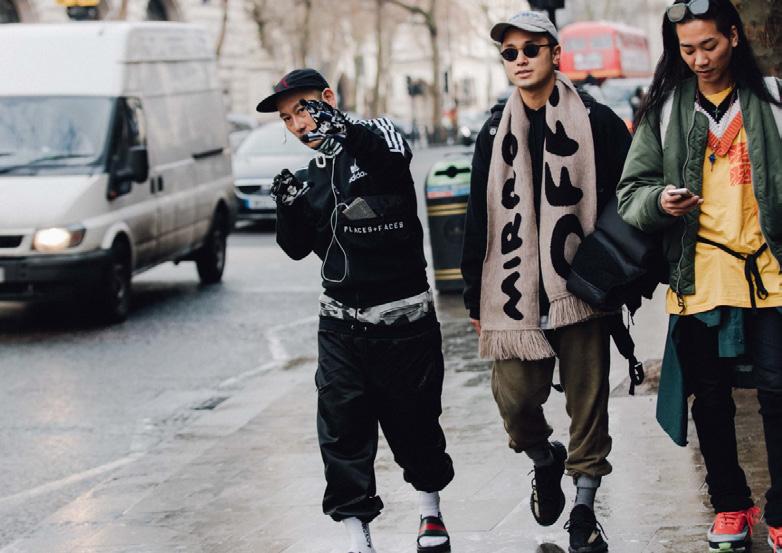
1 minute read
Origins of Fashion Trends
from Timeless Tweed
by Becky Green
ORIGINS OF TRENDS.
Normally, fashion trends originate from cultural, social, technological and economic influences, or they will reappear from past styles. Subcultural movements, or social groups can spark new trends; Thorstein Veblen suggested that ‘fashion change was the result of the need to maintain social stratification’ (Kim, Fiore and Kim, 2011).
Advertisement
The trickle-down theory was established to illustrate the different pathways in which new fashion trends take to be born, it was stated that trends can trickle down, up and across different social classes.
For a trend to trickle down, it will begin at the high-profile runway shows for the upper class, and trickle down until it reaches high-street stores for the lower class to wear. The trickle-up theory begins at the lower class and suggests that ‘upper classes imitate the fashions of the lower classes; new styles or status symbols float up the status pyramid rather than flow down to the lower classes.’ (Kim, Fiore and Kim, 2011). This is where subcultures form their own style, to differentiate themselves from the mainstream, designers then implement this. Finally, the trickle-across theory implies that due to modern society having a wider range of social classes, fashion companies are introducing products at various price points, through mass production, allowing a range of social classes to be able to afford and wear new styles simultaneously.
Along with the impact of world events, fashion trends have also been influenced by social changes, subcultural influences and economic conditions. (Kim, Fiore and Kim, 2011)
Social changes impact current fashion trends; for example, the LGBTQ movement which began in the 1990s, is affecting fashion trends today. High fashion brands like Burberry adopted the iconic rainbow flag symbol into their February 2018 collection, to show support for the LGBTQ community.
Economic conditions also influence fashion trends. When society is under pessimistic economic conditions, consumers will steer away from purchasing luxury goods.
Cultural influences such as the “Black is Beautiful” movement, saw an increase of the number of African Americans and Non-African Americans wearing Afro hairstyles, as it became a symbol of black pride.
Fig 8






